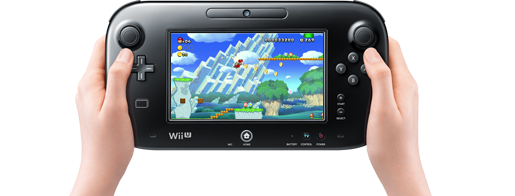
I had a lot of fun with the Wii U.
My friends and I were big Nintendo fans and usually bought every console after it came out. The Wii U’s launch in 2012 with only a derivative Mario game, a few old third-party ports and no other titles in sight was not an appealing buy. It unfortunately didn’t gain momentum like we had all hoped it would. However, I bought it in 2014. Compared to other console purchases, it was far from the best. It really only had a 3-year life span. I wouldn’t even count the years 2012 and 2013 due to the shortage of titles. However, the Wii U offered some great experiences which justified my purchases.
Why did the Wii U flop in terms of sales?
- Under-marketed. Yes, Nintendo needed more television and Youtube ads if they were going to get more consumers. Not everyone goes on Gamespot every week.
- Consumer confusion thinking it was just an attachment to the Wii instead of a full-on console. This probably costed a few million sales, but I think the vast majority of people knew it was a console but were just not appealed by it.
- Lack of third party support. Plain and simple, gamers are diverse and there are many niches which Nintendo’s exclusive-centric approach can’t provide.
- Inferior hardware. Yes, it was a solid console for 2012 standards and the console’s games looked great for their time. But people buy consoles as an investment. The PS4 is still able to play modern big-budget games 5 years later and the Wii U is not.
- Uncomfortable price range. At $300-350 debut, it’s trapped at both ends. It’s not a bargain like the Wii or handheld consoles were, but getting a console to be powerful and fully featured was not possible without entering the $400 range. For just a bit more, Microsoft and Sony’s consoles offered more performance to the dollar.
- Under-utilized gamepad. The Wii had weak hardware and third parties, but the motion controls were so fascinating and fun that people bought it anyway. Nintendo Land was nowhere near as captivating as Wii Sports. Wii U needed a game to show off its gamepad’s capabilities. Most games didn’t make use of the gamepad. Super Mario Maker (released in 2015) certainly did, but it was a bit too late. Imagine what the Wii U could’ve been if Super Mario Maker was the game bundled with it in 2012.
Thankfully, the Switch was able to improve upon many of these aspects of the Wii U, and it has a lot of potential. Overall, the Wii U’s legacy is that of a bridge from an old era into a new one. It will undoubtably gain a cult-classic status much like the under-appreciated Gamecube and N64 did.